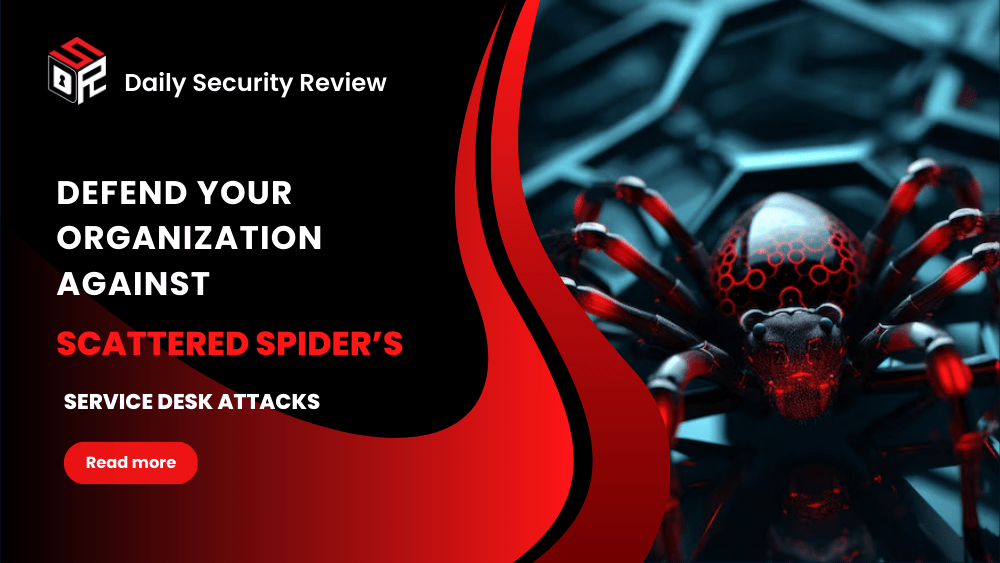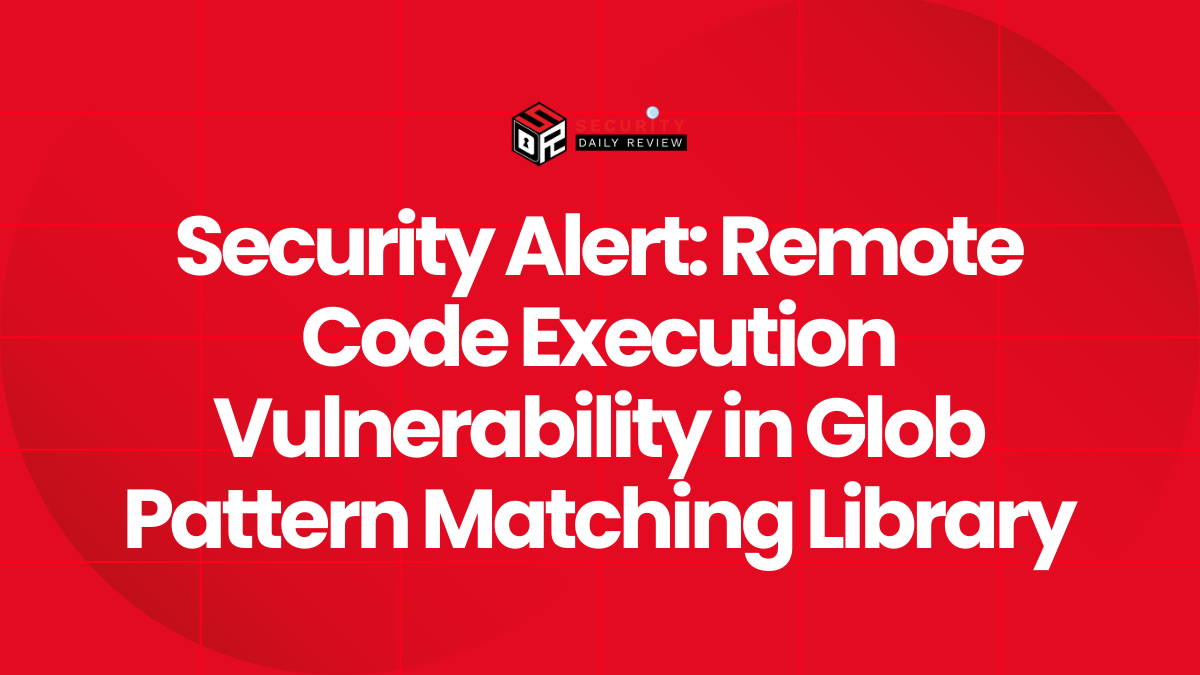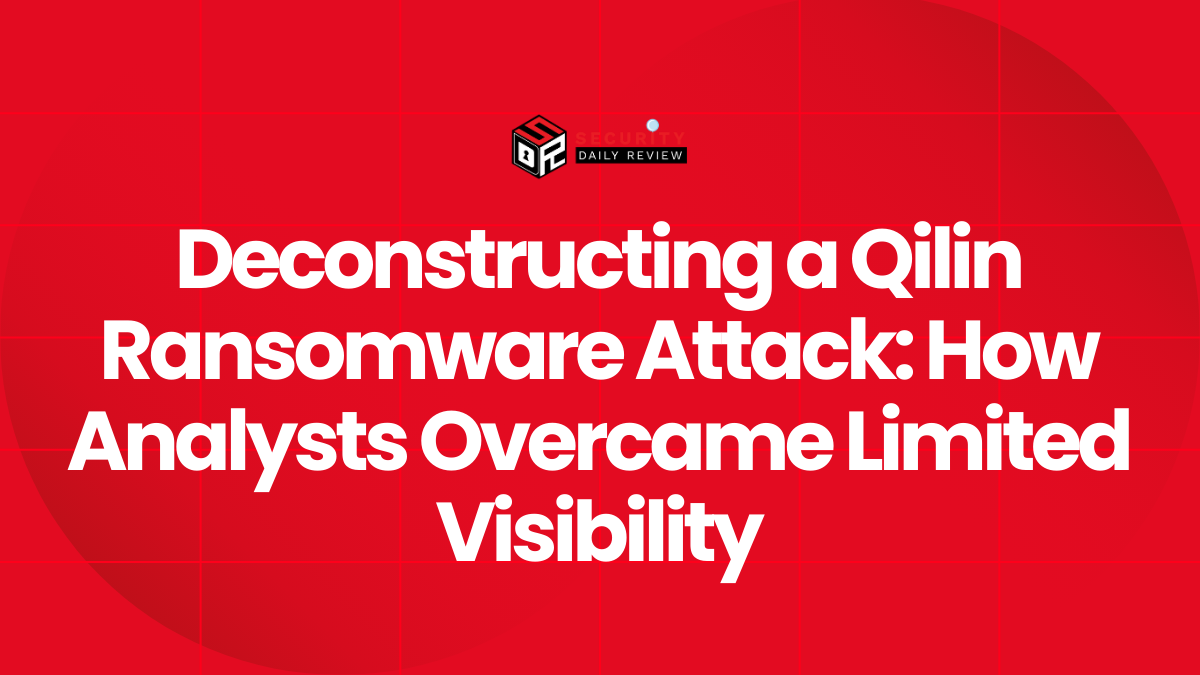The cybersecurity landscape has been dramatically reshaped by a group of highly effective, loosely organized cybercriminals known as Scattered Spider. This hacking collective, also identified as UNC3944, Octo Tempest, or Muddled Libra, has targeted major organizations through highly convincing social engineering attacks—most notably by manipulating corporate help desks.
These attackers use credential-based attacks by impersonating employees, bypassing multi-factor authentication (MFA) systems, and exploiting service desks to reset credentials. Unlike traditional malware-based intrusions, these attacks rely more on psychology than software vulnerabilities, making them more difficult to detect and defend against.
Let’s unpack how this group operates and what your organization can do to defend against similar cyber threat intelligence indicators.
Who is Scattered Spider?
Scattered Spider first emerged in 2022 and quickly gained notoriety due to its unusual mix of low-tech social engineering and high-stakes targets. The group is reportedly composed of young cybercriminals based in the US and UK, often operating under a larger umbrella organization called “The Comm.”
Known Aliases of Scatter Spider
- UNC3944
- Octo Tempest
- Muddled Libra
Operating primarily through platforms like Discord and Telegram, The Comm has facilitated both cybercrime and real-world criminal activities. Scattered Spider is believed to be affiliated with or act as a Ransomware-as-a-Service (RaaS) partner for groups like BlackCat (ALPHV), RansomHub, and Qilin.
Recent Law Enforcement Actions
Five members, including an alleged ringleader, were arrested in 2024. However, the decentralized nature of the group means not all members were apprehended. The group has re-emerged in 2025 with new attacks on major UK retail brands.
Timeline of Scattered Spider’s Service Desk Attacks
Here is a chronological list of some of the most high-profile incidents:
September 11–12, 2023 – MGM Resorts International
- Used vishing techniques (voice phishing) to trick help desk staff.
- Bypassed MFA by impersonating employees.
- Gained internal access and deployed ransomware via the ALPHV group.
- Caused major service disruption in hospitality operations.
September 13, 2023 – Caesars Entertainment
- Stole sensitive customer data including driver’s license and potentially SSNs.
- Demanded a $30 million ransom; settled for $15 million.
- Claimed responsibility for the attack.
April 22, 2025 – Marks & Spencer
- Exploited help desk security by impersonating an employee.
- Manipulated IT support to reset a password, granting internal access.
- Used DragonForce RaaS tools to deploy ransomware.
- Online clothing and home ordering systems were disrupted.
May 1, 2025 – Harrods
- Attempted unauthorized access following a similar attack vector.
- Incident suggested coordination and timing indicative of insider threats or highly skilled impersonation.
- Still under investigation, with strong links to Scattered Spider’s known methods.
May 2, 2025 – Co-op Group
- Used the same credential-based attack strategy.
- Obtained limited access to member data via a compromised service desk.
- Systems were temporarily shut down to mitigate the damage.
Why Service Desks Are the Weakest Link
1. Human Vulnerability in the Help Desk
Help desk agents are trained to provide quick support, not to verify identities like forensic investigators. Scattered Spider capitalizes on this by:
- Mimicking internal employee speech patterns
- Creating urgency (e.g., “I’m locked out and need to process payroll”)
- Using spoofed internal phone numbers or email addresses
2. Credential Access and MFA Bypass
Service desk agents often have the ability to:
- Reset passwords
- Disable or reconfigure multi-factor authentication
- Provision new accounts
This makes the help desk a high-leverage target for credential-based attacks.
3. Bypassing Technical Controls
Rather than exploiting a vulnerability in code, social engineering exploits trust. Firewalls, EDRs, and SIEMs may never detect these attacks—especially if no malicious file is ever used.
4. Speed and Stealth
Most of these attacks take just minutes. Once credentials are reset, attackers use legitimate access methods to escalate privileges. This enables lateral movement without triggering alerts.
Defending Against Scattered Spider Attacks
Now that we’ve outlined the threat, let’s look at specific cybersecurity awareness training, identity verification protocols, and open-source solutions your organization can implement to harden your help desk defenses.
Identity Verification Protocols for Help Desks
Implement layered verification methods before approving any credential reset:
- Use call-back verification on a known internal number.
- Require a unique one-time passcode sent through a different secure channel.
- Enforce video verification for sensitive operations.
- Log all interactions and flag suspicious behavior for manual review.
Cybersecurity Awareness Training for Help Desk Agents
Help desks need to be regularly trained in:
- Recognizing vishing and phishing attempts
- Understanding the importance of multi-channel verification
- Knowing when to escalate unusual requests
- Spotting emotional manipulation and urgency tactics
Provide simulation-based training using real-world social engineering scenarios tailored to Scattered Spider-style tactics.
Open-Source Tools for Detection & Response
Instead of expensive SOC tools, consider these robust open-source alternatives:
Security Event Monitoring
- Wazuh – Offers centralized logging, threat detection, and response.
- OSSEC – Host-based intrusion detection with real-time alerting.
MFA Enforcement and Identity Monitoring
- PrivacyIDEA – Open-source MFA with user-level control.
- Authelia – Identity verification proxy for apps, great for internal systems.
Threat Intelligence Integration
- OpenCTI – Cyber Threat Intelligence platform to track IoCs related to Scattered Spider.
- MISP – Threat sharing platform to disseminate indicators and behavior patterns.
Awareness Training
GoPhish – Widely used phishing simulation tool with customization for vishing and email scenarios.
PhishSim by Lucy – Open-source phishing simulation and training platform.
Incident Response Strategies for Scattered Spider Attacks
When dealing with adversaries like Scattered Spider, which blend credential-based attacks with social engineering, your incident response (IR) needs to pivot toward both human and technical detection. Here’s how to build a resilient response framework:
Step-by-Step Response Plan
1. Immediate Containment
- Disable compromised accounts and reset affected credentials.
- Review privilege escalation paths and remove unnecessary administrative rights.
- Identify systems accessed post-compromise and isolate them if needed.
2. Communication Protocols
- Establish a secure, out-of-band communication channel for IR teams.
- Avoid using potentially compromised internal systems to discuss the breach.
3. Root Cause Analysis
- Trace the initial point of access (likely the help desk interaction).
- Use audit logs to analyze conversations, reset requests, and MFA changes.
4. Threat Intelligence Correlation
- Match Indicators of Compromise (IoCs) with open-source threat intelligence platforms like MISP and OpenCTI.
- Update detection rules based on known Scattered Spider TTPs (Tactics, Techniques, and Procedures).
5. Recovery & Hardening
- Revalidate all internal accounts and require reauthentication.
- Reconfigure MFA policies to prevent similar bypasses.
- Introduce strict identity verification protocols for help desk operations.
Regulatory & Compliance Implications
Organizations impacted by Scattered Spider may face legal obligations under data protection and industry regulations:
- GDPR (EU/UK) – Any unauthorized access to personal data (e.g., M&S or Co-op breaches) must be disclosed within 72 hours.
- PCI-DSS – For retailers like Harrods or MGM Resorts, breach of payment systems could violate cardholder data protection rules.
- ICO Investigations (UK) – Affected UK retailers may fall under investigation by the Information Commissioner’s Office if member data is compromised.
Maintaining clear records of incident response efforts, user access logs, and security training records is crucial to demonstrate compliance.
Proactive Defenses: How to Prevent Future Incidents
Here’s a checklist of key defensive measures tailored to mitigate Scattered Spider service desk attacks:
Reinforce Help Desk Security
- Require multi-party approval for sensitive account changes.
- Disable password resets over phone unless supported by multi-factor verification.
- Configure session recording on all service desk consoles.
Harden Authentication Infrastructure
- Enforce phishing-resistant MFA (e.g., FIDO2, passkeys, or hardware tokens).
- Monitor and alert on unusual login patterns using tools like Wazuh or OSSEC.
- Regularly rotate admin passwords and avoid reusing credentials across systems.
Improve Cybersecurity Awareness
- Conduct quarterly social engineering simulations using GoPhish or PhishSim.
- Train service desk and HR teams on vishing, phishing, and impersonation indicators.
- Integrate cyber threat intelligence feeds with staff briefings to improve situational awareness.
Monitor Insider Threat Indicators
- Watch for excessive access requests, unusual ticket volumes, or support from new locations.
- Use Behavioral Analytics (e.g., via Wazuh rules) to detect anomalies in service desk activity.
- Create internal honeytokens or decoy identities to trigger alerts if accessed.
Conclusion
Scattered Spider has shown the cybersecurity world that high-tech tools are no match for low-tech manipulation when help desk protocols are weak. These attackers demonstrate that insider threats can be manufactured externally by simply breaching the human perimeter.
To protect your organization:
- Focus on identity verification protocols.
- Replace overreliance on commercial SOC platforms with open-source detection tools.
- Continually train your staff, especially those with privileged access.
The battlefront has moved from the firewall to the phone line—are your defenses ready?
Frequently Asked Questions (FAQs) about Scattered Spider
What are Scattered Spider Service Desk Attacks?
Scattered Spider service desk attacks involve social engineering tactics to manipulate help desk agents into resetting passwords or disabling MFA, allowing hackers into networks.
How can help desks prevent credential-based attacks?
Help desks should use strict identity verification protocols, enforce multi-layer approval for sensitive requests, and undergo continuous cybersecurity awareness training.
What tools can help detect Scattered Spider-style intrusions?
Open-source tools like Wazuh, OSSEC, PrivacyIDEA, and OpenCTI can provide monitoring, MFA management, and threat intelligence correlation without costly SOC tools.
Why do attackers target help desks instead of systems?
Because people are easier to manipulate than hardened systems. Social engineering attacks exploit trust, urgency, and access privileges to bypass technical defenses.
What is the role of Cyber Threat Intelligence in preventing these attacks?
CTI platforms like MISP and OpenCTI help organizations track IoCs, threat actor behaviors, and emerging tactics—key for defending against adaptive groups like Scattered Spider.









